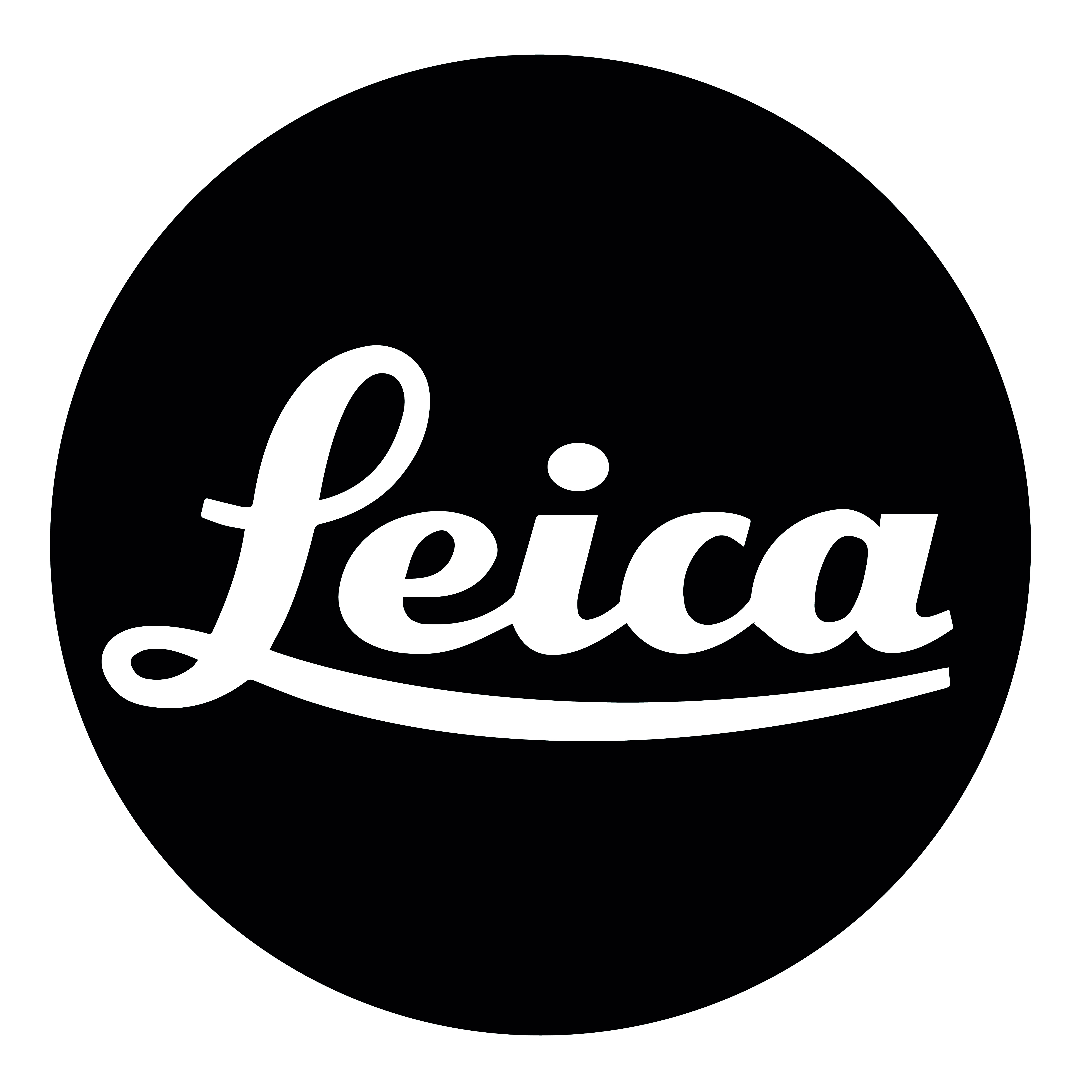Presentation
FRANCE • BORN IN 1995
THE PERILS OF NATURE
This year’s winner of the Leica Award for New Takes on Environmental Photography, introduced by the La Gacilly Photo Festival is a raw talent, a sensitive artist, concerned with clinical truth. As soon as she embarked on a course at the École nationale supérieure des arts visuels de La Cambre (ENSAV) in Brussels, Alice Pallot began exploring the complex relationship between humans and their constantly changing environment, raising questions that are inherently relevant to our times. In her visual experiments, she tends to reveal hidden realities by opening the doors of her imagination.
“Through [my images], I explore the influence of man and science on nature and the links that develop between them,” she explains. “I use this to create fictional universes, often through narration. I’m infusing new life into nature that’s dying out. When on my travels, I play with the natural elements that surround me. My approach is similar to that of a researcher: I document, explore, research and then go out into the field to develop my project. Applying a cold, phantasmagorical aesthetic, I draw the viewer into a parallel universe inspired by reality.”
The fruits of her reflections are powerfully apparent in her latest series, Algues Maudites. It brings to light and condemns the alarming spread of green algae on Brittany’s coasts. Attributed to high levels of nitrates and phosphates, the algae proliferate along the coastline and release toxins when they decay. In extreme concentration, this phenomenon leads to oxygen depletion, ecosystem imbalance and biodiversity loss. Similarly, in her Oasis series, the photographer reveals the absurdity of a cut flower market that celebrates beauty but causes unsuspected pollution.
Capturing the invisible in an often futuristic aesthetic and working with an unconventional colour palette, as though applying filters to our much-abused nature, Pallot’s works are a reminder of the fragility and unpredictability of our world, continually tested by human action.
LABYRINTHE VÉGÉTAL
Alice Pallot is the 2024 winner of the Leica Award for New Takes on Environmental Photography, with support from De l’Air magazine.
The exhibition is produced by Leica, which also offers the award-winning photographer a selection of photographic equipment.
Special thanks to Gaëlle Gouinguené, Head of Communications, PR and Cultural Projects, and Cyril Thomas, Managing Director, Leica France.



© Alice Pallot • Exhibition The perils of nature

